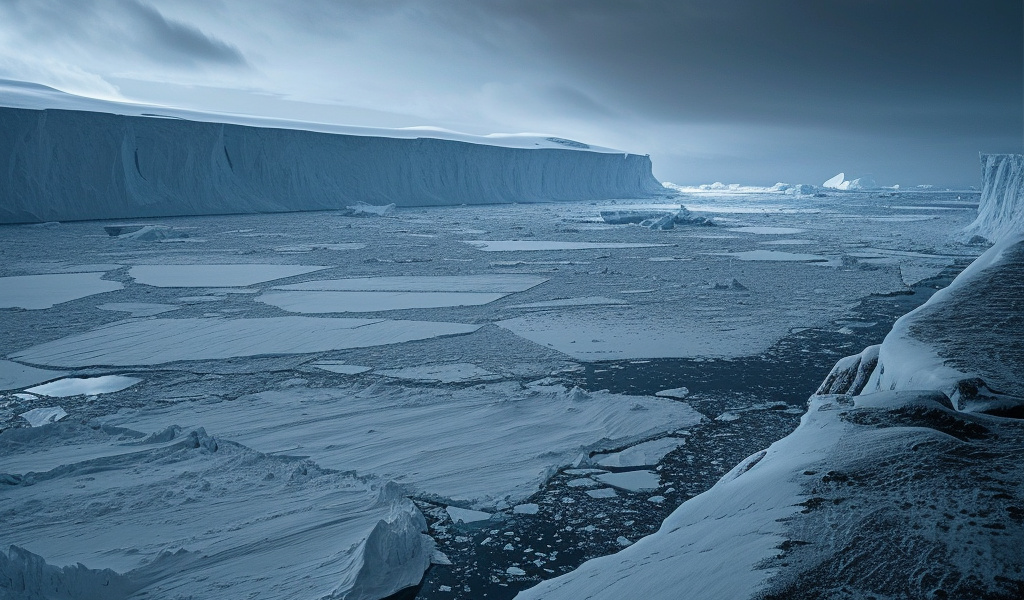There’s been a mysterious disappearance in Antarctica as a $3.6 million submersible belonging to the University of Gothenburg has vanished near the ‘Doomsday Glacier.’
The uncrewed submersible, named Ran, was on a mission to explore the Thwaites Glacier and study its potential impact on rising sea levels. Despite extensive search efforts, the vessel has not been located.
Ran, which was 23-foot-long, disappeared last month during a dive under Antarctica. Unlike the Titan submersible, which tragically imploded with passengers onboard during a descent to explore the Titanic wreck, Ran was uncrewed at the time of its mysterious disappearance.
The loss of Ran is a significant setback for climate change research, as scientists were utilizing the autonomous submersible to study the melting activity of the Thwaites Glacier, also known as the ‘Doomsday Glacier.’
The University of Gothenburg, which acquired Ran for 38 million Swedish Krona, equivalent to about $3.6 million USD in 2015, expressed deep regret at the loss in a press release.
Anna Wåhlin, project lead and professor of physical oceanography at the University of Gothenburg, lamented the incident, stating, ‘This was the second time we took Ran to Thwaites Glacier to document the area under the ice.’
Ran was a unique type of submersible that allowed researchers to explore depths previously considered unreachable. It had the capability to dive hundreds of feet underwater to investigate the underbellies of glaciers and aid scientists in studying glacial melting due to climate change.
Professor Wåhlin emphasized the significance of Ran’s role, explaining, ‘Even if you see melting and movements in the ice from satellite data, from Ran we get close-ups of the underside of the ice and information about exactly which mechanisms are behind the melting.’
Thwaites Glacier, often referred to as the ‘Doomsday Glacier,’ is a cause for concern due to its massive size. It is one of the largest glaciers in the world and has the potential to substantially raise global sea levels if it were to collapse entirely.





